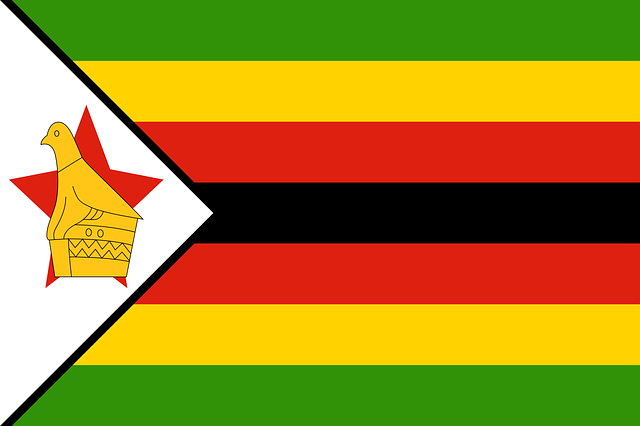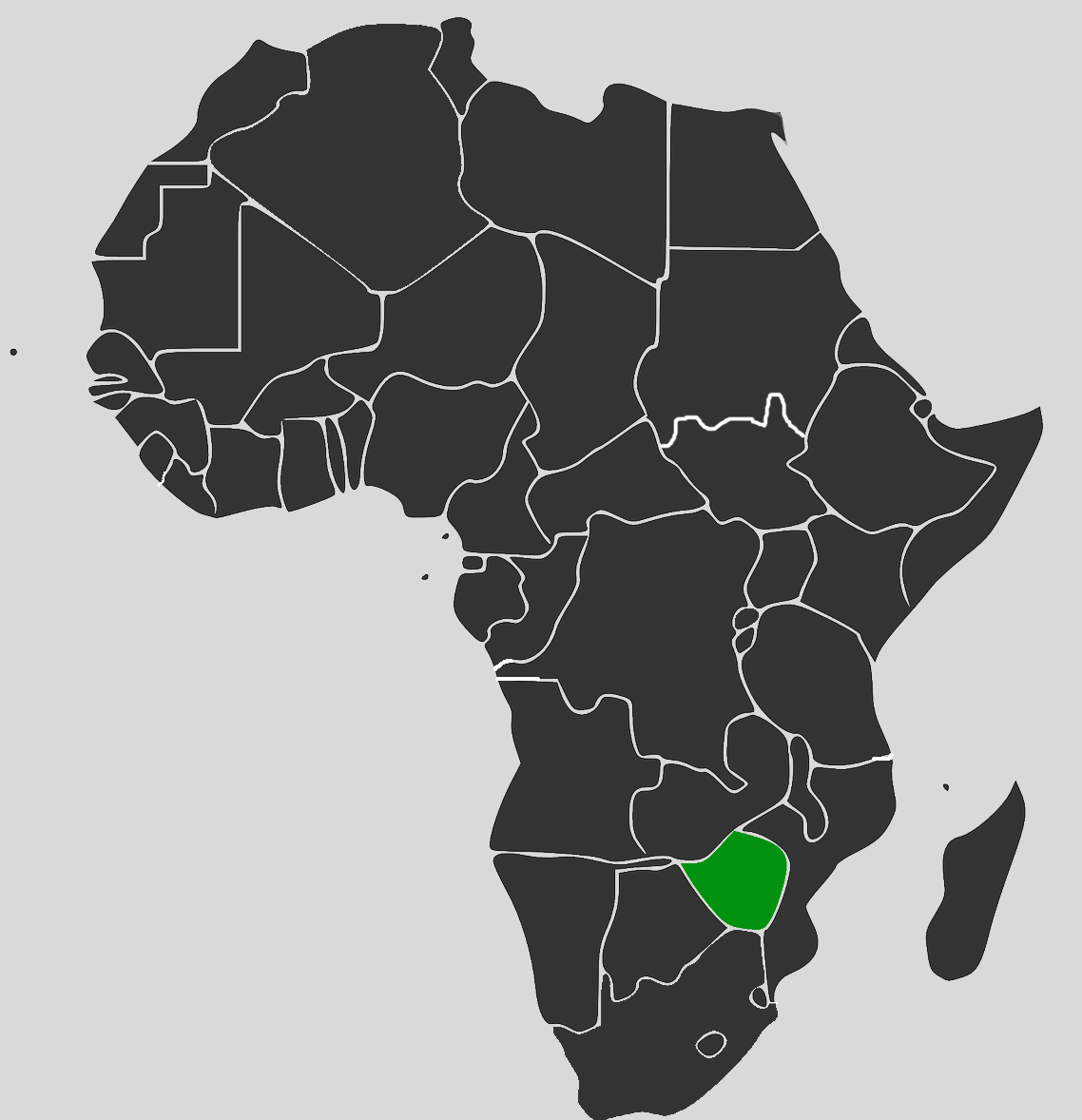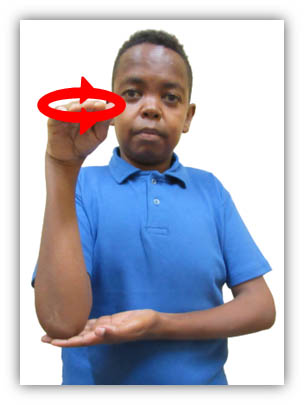Republic of Zimbabwe
Total Population
15 million
Deaf Population
16,000
Nation's Official Language
English
Other Languages
The number of established languages listed in Ethnologue is 22. Some of these are:
- Afrikaans
- Birwa
- Chichewa
- Kalanga
- Kunda
- Lozi
- Manyika
- Nambya
- Ndebele
- Setswana
- Shona
- Tonga
- Tswa
- Venda
Name of Sign Language
Zimbabwean Sign Language (ZSL)
Overview Of Deaf Community And Education
There are three schools for deaf learners. The Loreto Mission School (Gweru, Midlands) was founded by Dominican sisters in 1947 and another school in Pamushana by the Dutch Reformed Church. Masvingho School (now Henry Murray School for the Deaf in Masvingo) was also founded by the Dutch Reformed Church around the same time. According to the WFD report (2008), the main method of teaching is Total Communication.
Sign Language Overview
There has been very little research on Zimbabwean Sign Language. There is one dissertation on education from 1999 and a few articles. Regional variation is reported as clearly present also with influences from ASL, BSL, SASL, and ISL of LSF hand alphabet. It appears that the signing used in the south of the country is closest to the indigenous sign language. The individual schools apparently developed their own forms of signing that differs from the signing used in the communities. In the North East the influence of English is reported, and in South West (Masvingo) Shona influence. This variation causes problems of comprehension.
The first dictionary of ZSL (Vol.1) was produced in 1990 and then Vol.2 in 2010. The most recent dictionary (hardcopy) was created in 2011 with the purpose of creating some standardization. There is a project for an online dictionary. There are vocabulary charts of signs for police, HIV/AIDS. DVDs are also present at the George Vth School.
Zimbabwean SL is judged as vigorous but as developing by Ethnologue.
Deaf Organizations In Country
- Zimbabwean National Association of the Deaf (ZIMNAD)
- National Association of the Deaf (ASSOD)
- the Open Society Initiative for Southern Africa (OSISA)
Overview of Interpreting Services
In 2000, interpreter training was provided as part of the Eastern and Southern Africa Regional Sign Language Interpreting project offered by the Finnish Association of the Deaf. But since then, there are no trained interpreters, only volunteers only. Teachers are sometimes used for interpreting.
Three television programs are presented either in TSL such as Action Power, Enabled. The evening news bulletin on national TV is interpreted.
Resources
Chimedza, Robert. 1995. A survey of sign language differences among deaf adults in Zimbabwe. In: Zimbabwe journal of educational research. v.7 no.3. 314-322.
Hammarström, Harald; Forkel, Robert; Haspelmath, Martin; Bank, Sebastian, eds. (2016). "Zimbabwe Sign Language". Glottolog 2.7. Jena: Max Planck Institute for the Science of Human History.
Mhlanga (2011). George Vth School. http://www.bbc.com/news/world-africa-14656983.
Musengi, M. (2014). The experience of teaching in residential schools for the deaf in Zimbabwe (Doctoral dissertation, University of Witswatersrand, SA) http://146.141.12.21/handle/10539/15849
Reynolds, Cecil R. & Fletcher-Janzen, Elaine (2007) Encyclopedia of Special Education: A Reference for the Education of Children, Adolescents, and Adults with Disabilities and Other Exceptional Individuals, Volume 1 .John Wiley. https://books.google.co.za/books?isbn=0471677981
World Federation of the Deaf and Swedish National Association of the Deaf. (2008) Global Survey Report. WFD Regional Secretariat for Southern and Eastern Africa (WFD RSESA)
Zimbabwean Sign Language dictionary (n.d.) a project of King George VI Centre and School, pdf online: http://www.osisa.org/books/language-rights/zimbabwe/zimbabwean-sign-language-dictionary
http://www.ethnologue.com/language/zib
List of Contributors



